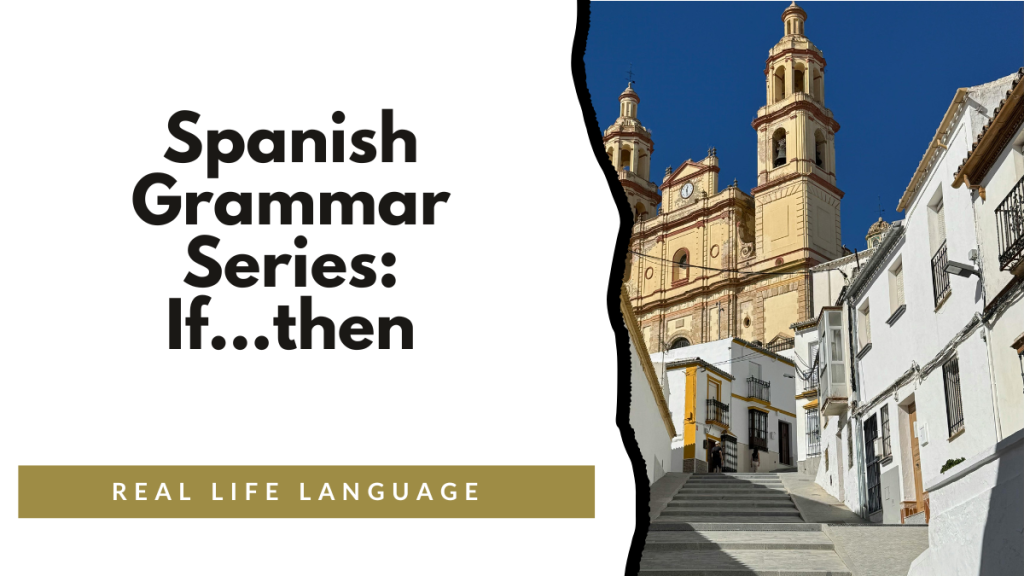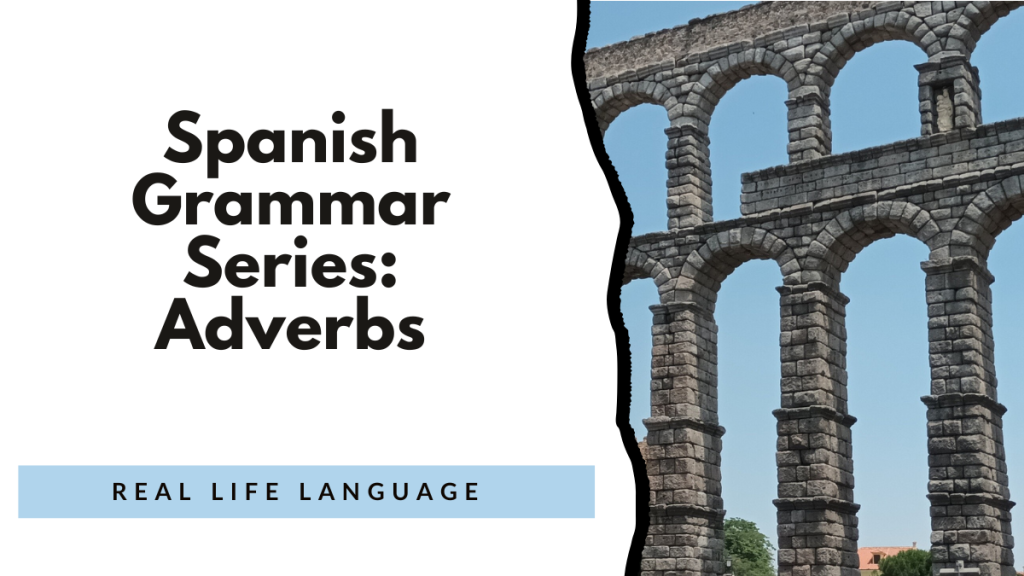(To Be — Two Verbs, Two Meanings!)
Spanish has two verbs that both mean “to be” — ser and estar — but they’re used in different situations.
Choosing the right one depends on what kind of “being” you’re describing:
- Ser = something’s nature, identity, or essence
- Estar = something’s condition, location, or state
1) Conjugations of Ser and Estar(Present Tense)
| Subject | Ser | Estar |
| yo | soy | estoy |
| tú | eres | estás |
| él / ella / Ud. | es | está |
| nosotros / nosotras | somos | estamos |
| vosotros / vosotras | sois | estáis |
| ellos / ellas / Uds. | son | están |
Examples:
- Yo soy profesora. → I am a teacher.
- Yo estoy cansada. → I am tired.
2) General Difference
| Verb | Meaning | Used For | Think: |
| Ser | to be (essence) | identity, origin, time, description | Permanent |
| Estar | to be (state) | location, emotions, temporary states | Temporary |
Quick Tip:
- Ser = what something is
- Estar = how something is
3) Uses of Ser — DOCTOR
Use ser to describe things that are permanent, inherent, or defining characteristics.
D – Description
- Ella es alta y simpática. → She is tall and nice.
- Madrid es una ciudad grande. → Madrid is a big city.
O – Occupation
- Soy profesor. → I’m a teacher.
- Ellos son médicos. → They’re doctors.
C – Characteristic
- Mi abuela es amable. → My grandmother is kind.
- El chocolate es delicioso. → Chocolate is delicious.
T – Time / Date
- Son las dos. → It’s two o’clock.
- Hoy es lunes. → Today is Monday.
- Es el cinco de mayo. → It’s May 5th.
O – Origin
- Soy de México. → I’m from Mexico.
- El vino es de España. → The wine is from Spain.
R – Relationship / Possession
- Ellos son mis amigos. → They’re my friends.
- El libro es de María. → The book belongs to María.
Other common uses:
- Nationality: Ella es colombiana.
- Material: La mesa es de madera.
- Events: La fiesta es en mi casa.
When talking about events, use ser (not estar):
- La boda es en la iglesia. → The wedding is (takes place) in the church.
4) Uses of Estar — PLACE
Use estar to describe things that are temporary, changing, or related to location or emotion.
P – Position
- El libro está en la mesa. → The book is on the table.
- Estoy sentado. → I am sitting.
L – Location
- Madrid está en España. → Madrid is in Spain.
- Estamos en la escuela. → We’re at school.
Remember: Estar for location, except for events (which use ser).
A – Action (Progressive Tenses)
- Estoy estudiando. → I’m studying.
- Ellos están comiendo. → They’re eating.
C – Condition
- El café está frío. → The coffee is cold (now).
- Mi coche está sucio. → My car is dirty.
E – Emotion
- Estoy feliz. → I’m happy.
- Estamos cansados. → We’re tired.
- Ella está preocupada. → She’s worried.
5) Comparing Ser and Estar
| English | Ser | Estar | Meaning Difference |
| to be boring / bored | Es aburrido. | Está aburrido. | He is boring / He is bored |
| to be smart / ready | Es listo. | Está listo. | He is clever / He is ready |
| to be rich / tasty | Es rico. | Está rico. | He is rich / The food is tasty |
| to be green / not ripe | Es verde. | Está verde. | It’s green (color) / It’s unripe |
| to be bad / ill | Es malo. | Está malo. | He is bad / He is sick |
| to be safe / sure | Es seguro. | Está seguro. | It’s safe / He is sure |
Examples:
- El plátano es verde. → The banana is green (color).
- El plátano está verde. → The banana is unripe (condition).
- Mi hijo es listo. → My son is smart.
- Mi hijo está listo. → My son is ready.
6) Ser vs. Estar with Adjectives — General Meaning Shift
| Adjective | With Ser | With Estar |
| aburrido | boring | bored |
| cansado | tiring (personality) | tired |
| bueno | good (character) | tasty / attractive / healthy |
| malo | bad (character) | sick / spoiled |
| nervioso | nervous (personality) | nervous right now |
| feliz | happy (general) | happy right now |
| vivo | lively | alive |
| seguro | safe / reliable | sure / certain |
| libre | free (by nature) | available / unoccupied |
Examples:
- El niño es bueno. → The boy is good (kind).
- El niño está bueno. → The boy is well / attractive / healthy.
- Ella es aburrida. → She is boring.
- Ella está aburrida. → She is bored.
7) Ser and Estar in Other Tenses
| Tense | Ser Example | Estar Example |
| Preterite | Fui estudiante. (I was a student.) | Estuve enfermo. (I was sick.) |
| Imperfect | Era feliz. (I used to be happy.) | Estaba cansado. (I was tired.) |
| Future | Seré maestra. (I will be a teacher.) | Estaré ocupada. (I will be busy.) |
| Conditional | Sería mejor ir mañana. (It would be better to go tomorrow.) | Estaría allí si pudiera. (I’d be there if I could.) |
8) Practice: Choose Ser or Estar
Fill in the blanks with the correct form of ser or estar.
- Yo ________ de México.
- Nosotros ________ cansados hoy.
- Mi casa ________ en la calle Sol.
- Ellos ________ simpáticos.
- La puerta ________ abierta.
- La fiesta ________ en el parque.
- Tú ________ médico, ¿verdad?
- El café ________ frío.
Answers:
- soy
- estamos
- está
- son
- está
- es
- eres
- está
9) Practice: Translate
- I am a student.
- We are in the library.
- The soup is hot.
- The students are intelligent.
- The teacher is tired today.
- The concert is in Madrid.
Answers:
- Soy estudiante.
- Estamos en la biblioteca.
- La sopa está caliente.
- Los estudiantes son inteligentes.
- El profesor está cansado hoy.
- El concierto es en Madrid.
10) Common Pitfalls & Fixes
| Wrong | Correct | Why |
| Estoy de España. | Soy de España. | Origin = ser |
| La fiesta está en mi casa. | La fiesta es en mi casa. | Events = ser |
| El libro es en la mesa. | El libro está en la mesa. | Physical location = estar |
| Mi madre es cansada. | Mi madre está cansada. | Temporary state = estar |
| Soy aburrido ahora. | Estoy aburrido ahora. | Temporary feeling = estar |
11) Quick Reference Chart
Here is the information formatted as a clean table without emojis:
| Use | Ser | Estar |
| Identity / Description | ✓ | |
| Occupation / Origin | ✓ | |
| Time / Date / Event | ✓ | |
| Nationality / Material | ✓ | |
| Location (people, things) | ✓ | |
| Temporary condition | ✓ | |
| Emotions / Feelings | ✓ | |
| Ongoing actions (-ing) | ✓ | |
| Results of actions | ✓ |
Why “Ser vs. Estar” Matters
Mastering ser and estar helps learners:
- Express who and what something is (ser) vs. how and where it is (estar)
- Describe people, places, and feelings accurately and naturally
- Avoid common translation errors from English
- Build a strong foundation for adjectives, emotions, and descriptions across all tenses
It’s one of the most important distinctions in Spanish — and key to sounding fluent, precise, and authentic.
Here are some of my favorite resources to engage and inspire learners, to include my lifelong language learning journey.
Building Proficiency for World Language Learners: 100+ High-Interest Activities
Discover over 100 dynamic activities to make world language learning interactive and fun. I wrote this book with some of my favorite activities for educators aiming to build proficiency with high-impact strategies.
Learn more and get your copy here.
5 Weeks of No and Low Prep Fun
Need quick, engaging activities for your class? This free guide includes 25 no-prep and low-prep ideas to save time while keeping students excited about learning.
Download your free copy now.
100s of videos to learn Spanish:

